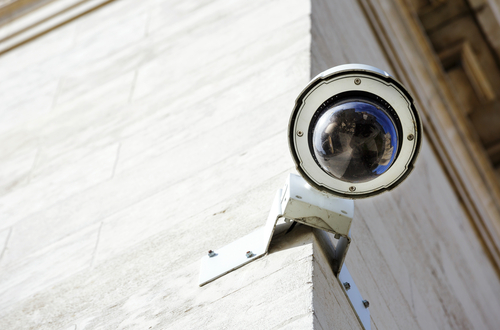While many houses of worship are deploying security and safety solutions, like video surveillance and voice communication, others are creating Emergency Response Plans. Ideally, both security technology and emergency response are considered, developed, and deployed together. The emergency response plan should incorporate the security technology, and security systems should facilitate an emergency response.
Emergency response plans, for example, may require public announcements throughout a building or campus. The plan may also require that certain buildings, or parts of a single building, are evacuated while other areas may shelter in place. To effectively communicate multiple messages instantly and simultaneously, targeted and pre-recorded voice messages are needed. The voice communication system must be able to send pre-recorded messaged and the system must be segmented into zones to ensure the correct message makes it to its designated area.
What can be Included in an Emergency Response Plan for Houses of Worship?
Occupant Reaction
Emergency response plans consider the behavior and flow of people throughout a given space. The decision to evacuate or shelter in place depends on the type of emergency, location of the threat, and ability of the occupants to move on their own or with assistance.
For weather emergencies, the plan is likely to be very different than a plan for an internal threat. A plan for all interior and exterior threats must exist. Considerations for age, physical ability, and building layout are considered in conjunction with the type of emergency.
Also consider the immediate aftermath of an emergency. Will there be one or more muster stations where for evacuees outside the building? And, most importantly, how will occupants know what type of emergency is occurring?
Voice Communication
Instantaneous voice messaging is critical. With accurate incident information, occupants may apply the best available plan of action. Without clear communication, chaos and unnecessary risk is accrued.
Video Observation
Normally, video surveillance cameras record activity and are accessed for investigations. During an emergency, the emergency response plan may require video feeds to be accessed. Real-time video information can provide responding authorities with critical information about the incident as it’s occurring. Video streams may be viewed from stationary locations, like a security desk, or accessed—in most cases—wherever the network is available. From a remote location, video feeds may be watched to observe building occupancy, threat locations, and more.
We’re Here to Assist with Planning
There are so many variables and potential solutions that consultation with topic experts is critical. The Vision team is ready to help with planning, from technology options to how each technology will complement emergency response plans. We’ll navigate initial discussions with stakeholders and local authorities, explaining the technology and how it functions during normal operations and emergencies. Once a security technology plan is approved, our experienced team will ensure your house of worship and surrounding grounds are protected.



